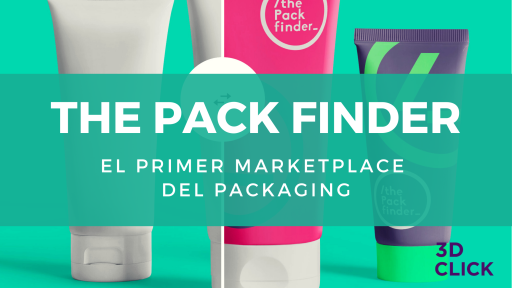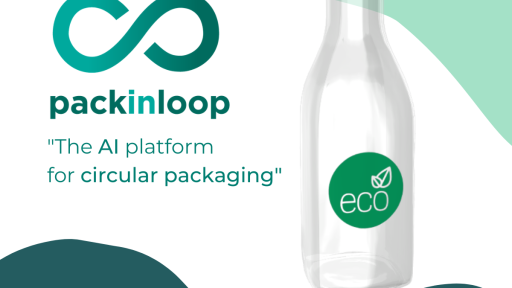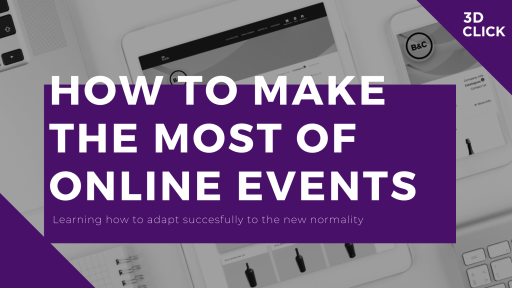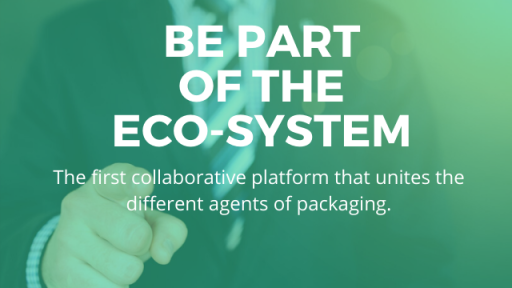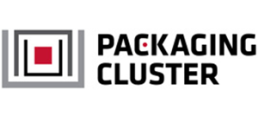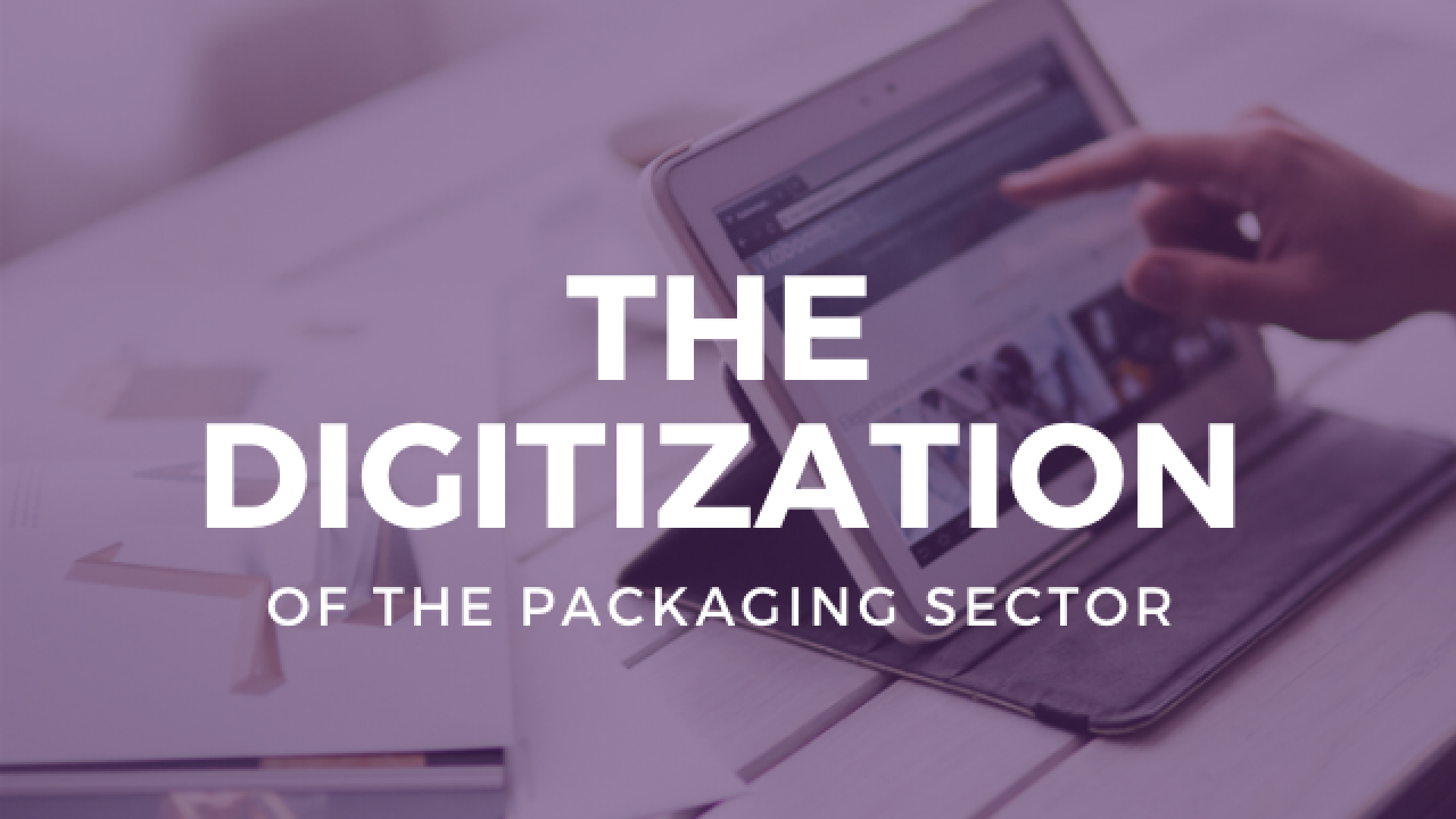
The future of packaging: The digitization of the packaging sector
The digitization of the packaging sector, the future of packaging
Where are we going? How are the new technologies going to help the packaging ecosystem improve and adapt to the new sustainable necessities of society and the planet?
Our starting point: an analogue process
Nowadays the prototyping process, personalization and validation of a packaging is absolutely sequential, analogue and dependent of the physical prototype. Multiple agents from different companies and departments are involved in the process of packaging. Therefore this creates an expensive, large and chaotic process in which it takes more that 6 months to redesign a packaging and more than 1 year in designing it from scratch! And not only that, it is also an unnecessary waste of resources: paper of physical prototypes, travelling from one country to another to show this prototype…
On the other hand, the consumer has radically changed its habits of consuming and is much more demanding. Consumers now look for products that are healthy and customized. They want products to make their life easier and for a reasonable price, and they want them now! As a consequence, the packaging industry is forced to know better its customer to offer him exactly what he wants, when and where he wants it. This means being much more flexible in the companies’ designing, validation and production processes.
The solution: digitization of the packaging process
Last month, our CEO, Debora Alasraki, was invited to Graphispag to talk about digitization and the future of packaging. In the conference she explained how using technology such as 3D, AR and artificial intelligence can help companies:
Validating directly in 360:
3D models can be edited easily online by the multiple agents on one platform and in real time, saving up time of everyone that is involved in the project. Also can accelerate the selling process up to 4 times, since the client can imagine much better the packaging solution.
Avoiding to launch a product into the market that the consumer doesn’t like:
The consumer can also be involved in the process if its online. Therefore, it’s much easier for companies to validate a product before putting it on the market.
Finding what you are looking for:
Working with algorithms permits you to find the materials you may need to develop your product or the recyclers that are next to you or the client that is looking for your product. These connections can be made automatically when you work in a collaborative platform.
Font: Graphispag
This is why digitization is key from the very beginning of the process to be able to modify the product as many times to the very end; before being launched into the market. Digitizationoptimizes the process of packaging since you can collaborate directly with the multiple agents involved such as designers, providers, recyclers and clients. This helps to visualize the results of a packaging and to avoid future mistakes.
________________________________________________________________________________________________________
La digitalización del sector del packaging, el futuro de los envases.
¿Hacia dónde vamos? ¿Cómo van a ayudar las nuevas tecnologías al ecosistema de packaging a mejorar y adaptarse a las nuevas necesidades sostenibles de la sociedad y el planeta?
Nuestro punto de partida: un proceso análogo
Hoy en día, el proceso de creación de prototipos, la personalización y la validación de un embalaje es absolutamente secuencial, análogo y dependiente del prototipo físico. Múltiples agentes de diferentes tipos de empresas y departamentos están involucrados en el proceso de creación de packaging. Por lo tanto, esto crea un proceso costoso, grande y caótico en el que lleva más de 6 meses rediseñar un envase y más de 1 año en diseñarlo desde cero. Y no solo eso, también es una pérdida innecesaria de recursos: prototipos físicos, muestras,, envíos, viajar de un país a otro para mostrar este prototipo ...
Por otro lado, el consumidor ha cambiado radicalmente sus hábitos de consumo y es mucho más exigente. Los consumidores ahora buscan productos que sean saludables y personalizados. Quieren productos que les faciliten la vida y por un precio razonable, ¡y los quieren ahora! Como consecuencia, la industria del embalaje se ve obligada a conocer mejor a su cliente para ofrecerle exactamente lo que quiere, cuándo y dónde lo quiere. Esto significa ser mucho más flexible en los procesos de diseño, validación y producción de las empresas.
La solución: digitalización del proceso de creación de envases..
El mes pasado, nuestra CEO, Debora Alasraki, fue invitada a Graphispag para hablar sobre la digitalización y el futuro del packaging. En la conferencia, explicó cómo el uso de la tecnología 3D, AR e inteligencia artificial pueden ayudar a las empresas.
Validación directa en 360:
Los modelos 3D se pueden editar fácilmente en línea por los múltiples agentes en una plataforma y en tiempo real, ahorrando tiempo a todos los involucrados en el proyecto. También puede acelerar el proceso de venta hasta 4 veces, ya que el cliente puede imaginar mucho mejor la solución de envase.
Evitar lanzar un producto al mercado que al consumidor no le gusta
El consumidor también puede participar en el proceso si está en línea. Por lo tanto, es mucho más fácil para las empresas validar un producto antes de ponerlo en el mercado.
Encontrar lo que buscas:
Trabajar con algoritmos permite encontrar los materiales que puedas necesitar para desarrollar tu producto, empresas de reciclaje cerca de ti, o clientes para tu productos. Estas conexiones se pueden realizar automáticamente cuando trabajas en una plataforma colaborativa.
Es por eso que la digitalización es clave desde el comienzo del proceso para poder modificar el producto tantas veces hasta el final; antes de ser lanzado al mercado. La digitalización optimiza el proceso de empaquetado ya que puede colaborar directamente con los múltiples agentes involucrados, como diseñadores, proveedores, recicladores y clientes finales. Esto ayuda a visualizar los resultados de un embalaje y a evitar futuros errores.
